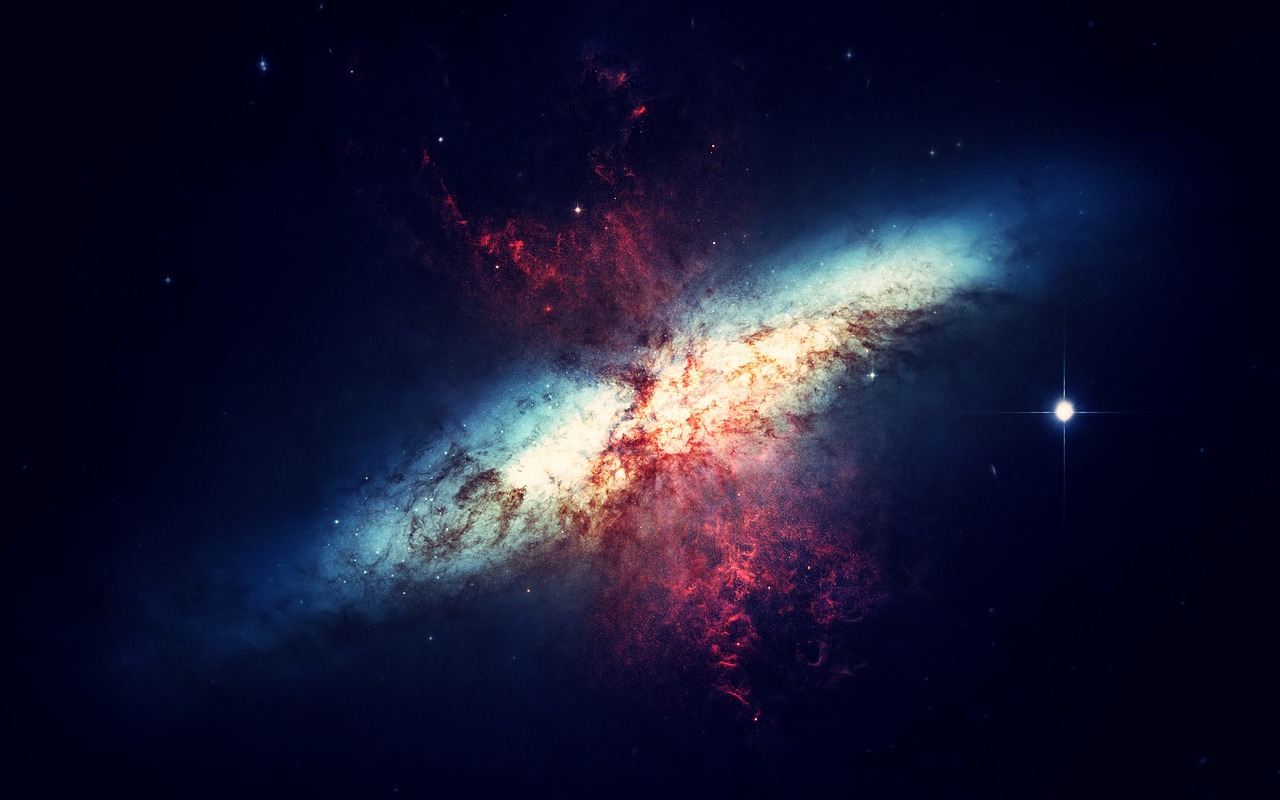Hello, young astronauts! 🚀🪐
Have you ever looked up at the night sky and wondered about the twinkling stars and the mysterious planets? Space is full of wonders, and today we’re going to take an exciting journey through our solar system to learn about the planets. Buckle up and get ready for a cosmic adventure!
What is a Planet?
A planet is a large, round object that orbits, or travels around, a star. In our solar system, the star is the Sun, and there are eight planets that orbit it. Each planet is unique and has its own special features. Let’s meet them all!
Mercury: The Swift Planet
Mercury is the closest planet to the Sun, and it’s also the smallest. Because it’s so close to the Sun, Mercury has incredibly hot days, but its nights are freezing cold. A year on Mercury is very short—only 88 Earth days!
Venus: The Hottest Planet
Venus is the second planet from the Sun and is similar in size to Earth. However, Venus is covered in thick clouds that trap heat, making it the hottest planet in our solar system. Temperatures on Venus can reach 900 degrees Fahrenheit—hot enough to melt lead!
Earth: Our Home
Earth is the third planet from the Sun and the only one known to have life. Our planet has just the right conditions for living things, with water, oxygen, and a perfect temperature range. We should always take care of our amazing home!
Mars: The Red Planet
Mars, the fourth planet from the Sun, is often called the Red Planet because of its reddish color. This color comes from iron oxide, or rust, on its surface. Mars has the largest volcano in the solar system, Olympus Mons, and a canyon that’s much deeper than the Grand Canyon!
Jupiter: The Giant Planet
Jupiter is the fifth planet from the Sun and the largest in our solar system. It’s so big that all the other planets could fit inside it! Jupiter is famous for its Great Red Spot, a massive storm that has been raging for hundreds of years.
Saturn: The Ringed Planet
Saturn, the sixth planet, is easily recognizable by its stunning rings made of ice and rock. Although it’s the second-largest planet, Saturn is very light—if there were a bathtub big enough, Saturn would float in water!
Uranus: The Sideways Planet
Uranus is the seventh planet from the Sun and has a unique tilt that makes it rotate on its side. This tilt gives Uranus extreme seasons that last over 20 years! It’s also known for its beautiful blue-green color, caused by methane gas in its atmosphere.
Neptune: The Windy Planet
Neptune, the eighth and farthest planet from the Sun, is a cold and windy world. It has the strongest winds in the solar system, blowing at speeds over 1,200 miles per hour! Neptune is a deep blue color, also due to methane in its atmosphere.
Fun Planet Facts
- Dwarf Planets: Besides the eight planets, there are also dwarf planets like Pluto. Pluto was once considered the ninth planet but was reclassified as a dwarf planet in 2006.
- Planetary Moons: Many planets have moons. Jupiter has the most, with over 70 known moons!
- Rings Beyond Saturn: While Saturn’s rings are the most famous, Jupiter, Uranus, and Neptune also have ring systems, though they are much fainter.
Exploring Space
Scientists and astronauts use powerful telescopes and spacecraft to study planets and other objects in space. NASA’s rovers, like Curiosity and Perseverance, explore the surface of Mars, sending back amazing pictures and data.
How Can You Explore?
You can be a space explorer too! Look up at the night sky with a telescope or visit a planetarium. Read books about space and watch documentaries. Who knows? Maybe one day, you’ll become an astronaut and visit these planets yourself!
Thanks for joining this cosmic journey, young astronauts! The universe is full of endless wonders, so keep looking up and dreaming big. Remember, space exploration starts with curiosity and a love for discovery. Happy exploring! 🚀🪐
